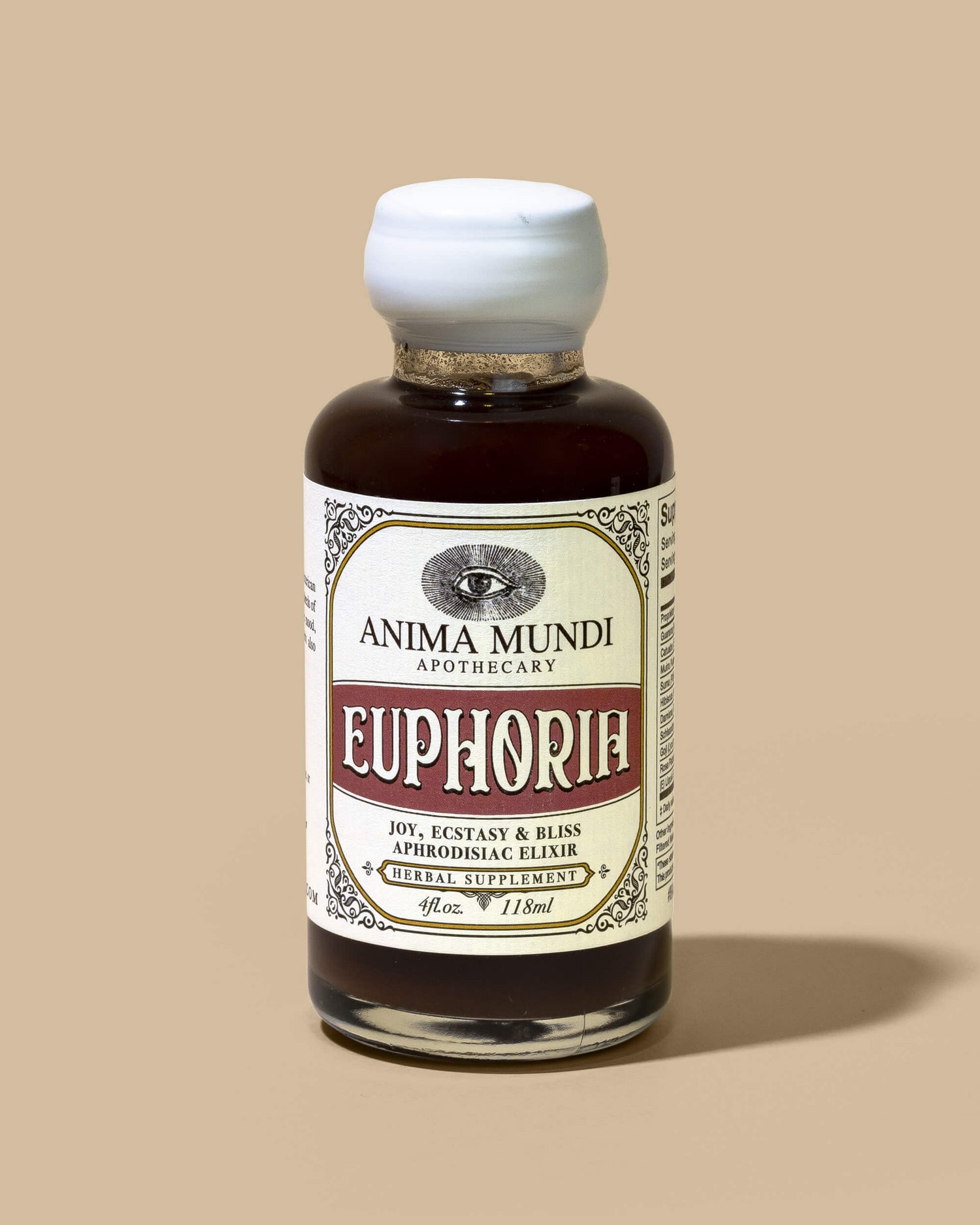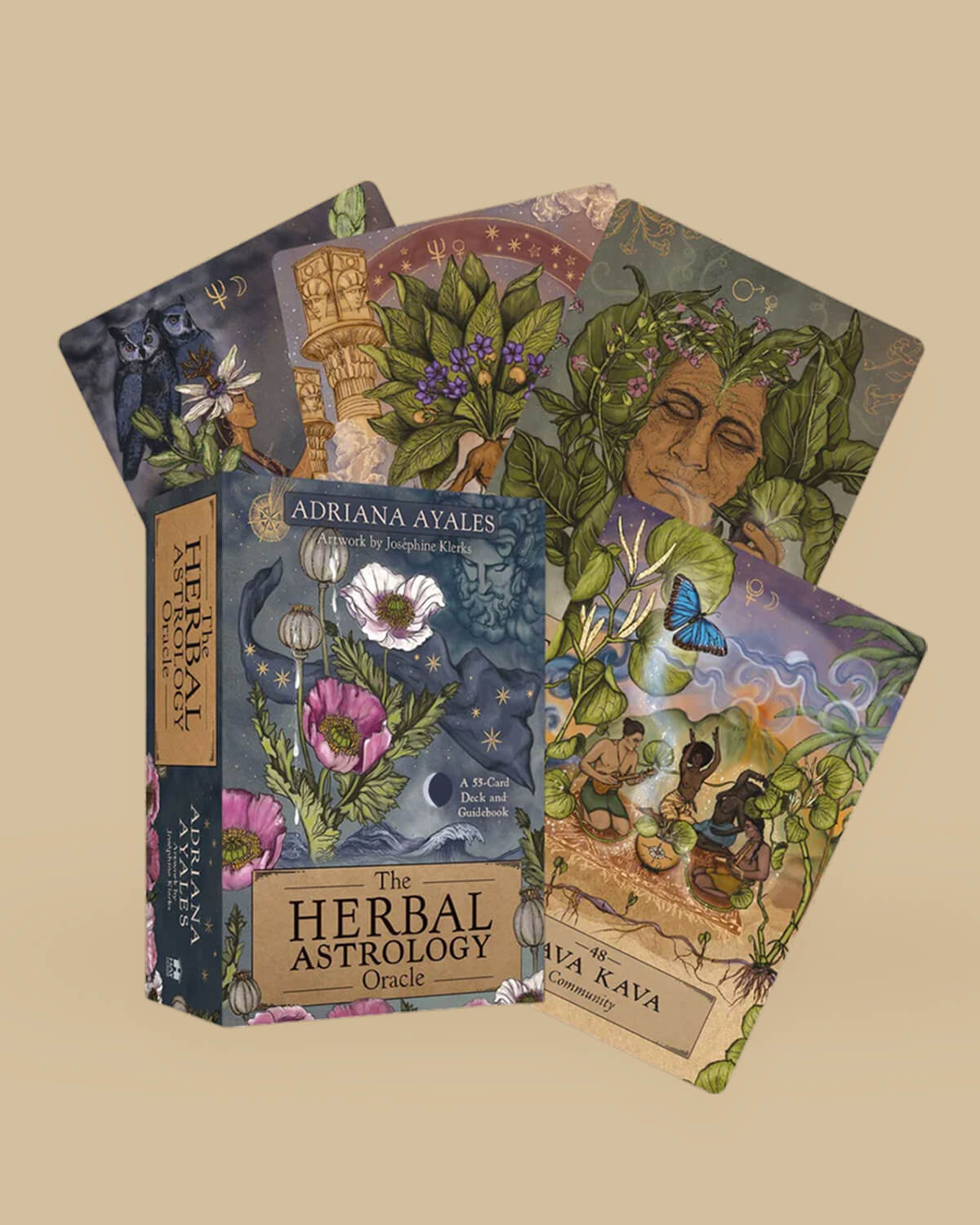With the days getting shorter and shorter and the light we may take for granted at other times dimming earlier and earlier, many of us may experience feelings of sadness and other mental health challenges related to these seasonal changes. For those affected by Seasonal Affective Disorder (SAD), the symptoms can last up to 40 percent of the year. While not all who experience SAD will have recurring symptoms, depressive episodes can continue long after winter, triggering major depressive or bipolar disorders and amplifying pre-existing psychological conditions like ADHD, anxiety, panic and eating disorders, among others.
Starting as early as the teenage years or early twenties for many, SAD can lead to weight gain and unhealthy cravings, hypersomnia or insomnia, depressive episodes, or loss of appetite. Herbal medicines may offer more than just a “hug in a mug”; they can be powerful protectors and allies in the fight to regain stability and vibrancy in our mood and overall wellbeing.
Because SAD and less severe conditions related to what’s commonly known as the “winter blues” can interfere with our daily lives in a myriad of ways, including but not limited to our ability to care for ourselves and others, it may be tempting to look for an escape. But before you do, consider integrating some of these herbs into your daily routine, along with some activities and foods to fortify your mental and physical capacity and feel your best.
You may find that restoring your mind-body balance is possible from right where you are—the body in all its magical wisdom and the plants all around us have healing powers that have been employed in traditional medicinal systems across generations and beyond borders everywhere. Here are some of the tools our herbalists recommend to stay happy and whole. Whatever the source of our suffering this time of year, Mother Earth’s plant-based pharmacopeia offers abundant support as our mood, sleep habits, heart, and energy may be in need of extra attention and care. Keep reading for our herbalists’ recommendations for how to manage the winter blues, or related dips and shifts in our mind-body health this season.
Whatever the source of our suffering this time of year, Mother Earth’s plant-based pharmacopeia offers abundant support as our mood, sleep habits, heart, and energy may be in need of extra attention and care. Keep reading for our herbalists’ recommendations for how to manage the winter blues, or related dips and shifts in our mind-body health this season.
Used for: Mild to moderate depression. Yellow, bright and beautiful, St. John’s Wort is known as an “herb of the sun”, which is definitely one of the many reasons we need it during the cold, darker months. The “sunshine herb” has been extensively studied, and in numerous international scientific studies was found to be “as effective as different standard prescription antidepressants”. Fun fact: the herb was traditionally harvested on the Summer Solstice, which is the longest day of the year also known as St. John’s Day.

Used for: Reducing the effects of depression and anxiety; balancing hormones. Soothing, nourishing and slightly warming, this herb is the perfect choice for helping us to stay strong and balanced throughout the winter. Fun fact: Ashwagandha is also known to help soften and hydrate the skin. The antioxidant, adaptogenic herb keeps skin supple and prevents excessive dryness—More moisture in the dry winter months? Yes, please.
Used for: Managing depression, anxiety, insomnia, and more. This adaptogenic superstar is known to help improve digestion, lift energy, and boost libido and concentration, among other benefits. Warming and stimulation, damiana gets circulation moving. Fun fact: In Mexican traditional medicine, damiana tea is a popular aphrodisiac that also is believed to treat a range of ailments from anemia to topical pain relief.
Used for: Treating mild to moderate depression. Because mucuna is one of the only naturally occurring sources of L-Dopa (a.k.a. dopamine), it’s often known as the “dopamine bean” and a superherb that supports people who suffer from depression in need of a boost. In folk medicine, its therapeutic actions have ranged from managing to purportedly curing various diseases, including Parkinsonism, male infertility, and nervous disorders.

Used for: Alleviating stress and lowering blood pressure. Hawthorn loves the heart. Traditionally, it has been used to help heal grief and support people struggling with heartbreak. Fun fact: Hawthorn is the oldest known medicinal plant in European herbal medicine, with a long history of use in both Chinese and Western medicinal systems.
Used for: Promoting calm, soothing nerves, and restoring healthy GABA levels. Uplifting and brightening, research has indicated that consuming a strong cup of lemon balm tea lessens anxiety for up to six hours. Rich in antioxidants, lemon balm also helps fight free radicals that cause premature aging.

Used for: Improved cognitive function and mood. Herbalists often prescribe Oat as a tonic for folks used to “burning the candle at both ends”. This moistening, sweet, restorative herb may assist us through the dark, dry winter months by boosting our multitasking abilities, lifting our mood, and treating anxiety and affective disorders.
Used for: Relaxing muscle tension and other physical manifestations of tension. This wonderful soothing herb not only calms the body, it also eases the stressful workings of “monkey mind” to bring a sense of calm and relaxation. Warming, spicy and stimulating, kava kava helps to reduce anxiety while also boosting our ability to concentrate.
Used for: Stress reduction, soothing heart palpitations, anxiety and nervous tension. This spirit-soothing herb is fondly known by herbalists as a “hug in a mug” because of its affinity for the heart, both physical and emotional. Rich in mucilage, which helps to alleviate chest and throat tightness, and sinus issues, linden can also be found in many modern cold and cough remedies. Its active ingredients may help treat fevers because they are reported to promote sweating. Folk medicinal uses have ranged from lowering blood pressure and soothing indigestion to calming anxiety, across cultures and for centuries.


Penn State Distinguished Professor of Molecular Immunology Dr. Margherita T. Cantorna wrote for The Washington Post:
Those most at risk for low vitamin D levels are people of color and people living at higher latitudes. Adults should get at least 600 IU per day of vitamin D. People who have dark skin or avoid sunshine should eat more vitamin D year-round.
That description includes many of us, and even those who live in sunny climates may still be at risk of low vitamin D levels, as more than 50 percent of the U.S. population are said to be vitamin D deficient, with 90 percent of Americans of color lacking the proper amount of vitamin D needed to build strong bones, and to fight mood swings and depression. Be sure to take supplements with a full stomach; and read more about healthy vitamin D levels here.
Former chief executive of the Mental Health Foundation Dr. Andrew McCulloch shared with Scotland’s national health informational service, NHS:
There’s convincing evidence that 30 minutes of vigorous exercise three times a week is effective against depression and anecdotal evidence that lighter exercise will have a beneficial effect, too. If you have a tendency towards SAD, outdoor exercise will have a double benefit, because you’ll gain some daylight.
Do what you can, starting with planning something achievable and repeatable like a brisk walk during daylight hours. Build up to committing to simple, pleasurable routines at least three times per week, for at least a half hour at each interval, keeping in mind that the more you enjoy the physical activities of your choosing, the more likely you are to keep doing them.
Midday is a great time to get up and walk around, in nature if at all possible, breaking from the indoor routines like work and family obligations that may also be adding stress to your load. In an era where so many are working from home indefinitely, block off 30-60 minutes each day to commit to your new movement journey. In the words of the revered philosopher and spiritual teacher Thích Nhất Hạnh, “peace is every step.”
Happiness Studies Academy co-founder and chief learning officer Dr. Tal Ben-Shahar told the researchers at verywell mind:
Meditation provides an island of sanity in an otherwise chaotic and tumultuous reality. Ten minutes a day, or even three minutes once in a while, can go a long way in resetting our nervous system.
While it may seem daunting to sit still while the end-of-year tasks and thoughts pile up in your mind, you’ll be giving yourself a priceless gift scientifically proven to work wonders to combat stress, depression, anxiety, sleeplessness, and numerous other health challenges that are even more persistent in the colder months. Combined with your exercise goals, the key to success is starting with a manageable effort – can you give yourself “three minutes once in a while” to work towards a regular mindfulness practice? We believe you can!

The NIH asked Dr. Teodor Postolache, who treats anxiety and mood disorders at the University of Maryland School of Medicine, to share his findings. His research found:
Light therapy relieves SAD symptoms for as much as 70 percent of patients after a few weeks of treatment. Some improvement can be detected even sooner. Our research has found that patients report an improvement in depression scores after even the first administration of light.
Here’s the best part: light therapy combined with cognitive behavioral therapy, yoga, exercise, and other complementary approaches can further enhance positive outcomes. That means you can take this mini-guide and implement these foods, herbs, and practices little by little to make personal progress towards restoring, healing, and strengthening all aspects of your winter wellness goals. Need more support? Ask our herbalists any specific questions you have, 10am-4pm EST, Monday through Friday, by clicking “Chat with an Herbalist”, or take a look at Psychology Today’s tips for getting the most out of light therapy here.
One report by researchers in Washington, D.C. published in Frontiers in Psychology affirmed:
Cooking is a health behavior that represents human flourishing, or in the least the capacity to flourish. Recent qualitative research with adults in the United Kingdom and the United States suggest that a range of social and emotional benefits stem from home cooking [...] Research demonstrates associations of cooking with vegetable intake, lower daily calories, and reduced empty calorie consumption.
In what the researchers refer to as the “positive psychology” associated with the links between cooking and psychosocial health outcomes, cooking not only offers us a sense of meaning and purpose, it may also decrease the probability of mental illness, offering a treatment that augments engagement and protects us from mental health challenges.
To kickstart your focus on nutrition and comfort foods that include herbs revered by folk medicinal traditions as well as modern science, we invite you to cook a dreaming broth that aims to lift your spirits by feeding your body, quieting your mind, and nurturing your soul.
Read up on our Dreaming Blue Lotus Broth recipe here or click the photo below:















